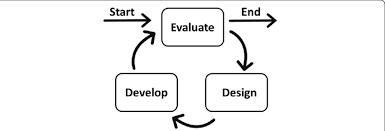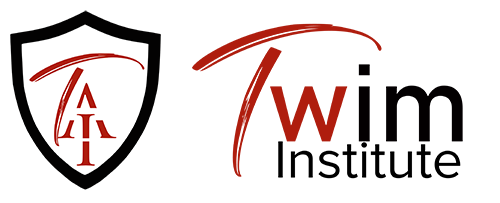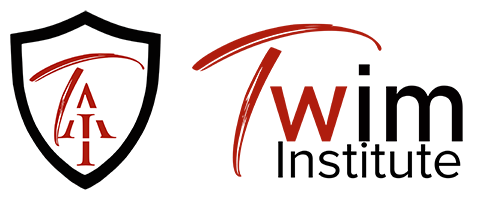
The Successive Approximation Model (SAM) is a simplified version of the ADDIE Model designed specifically to elicit feedback and build working models earlier in the process. It is an instructional design model developed by Michael Allen, a prominent figure in the field of e-learning and author of several books on e-learning design.
The SAM model is based on the idea that traditional linear models of instructional design, where the process moves sequentially from analysis to design to development and so on, do not necessarily reflect the reality of the design process. Instead, the SAM model proposes an iterative, agile approach to design that emphasizes collaboration and feedback throughout the design process.
The SAM model consists of three phases: preparation, iterative design, and iterative development. The preparation phase involves defining the project scope, identifying stakeholders, and establishing a project plan. The iterative design phase involves creating a prototype of the learning experience, testing it with users, and refining it based on feedback. The iterative development phase involves creating the final product, testing it, and making any final adjustments.
Overall, the SAM model is intended to provide a more flexible and responsive approach to instructional design, one that allows for more effective collaboration between designers, stakeholders, and end-users
The iterative development phase involves creating the final product, and testing it. Overall, the SAM model is intended to provide a more flexible and responsive approach to instructional design, one that allows for more effective collaboration between designers, stakeholders, and end-users.
The Main Steps or Phases
The Successive Approximation Model (SAM) consists of three main steps or phases:
Preparation
In this phase, the project team defines the scope of the project, identifies stakeholders, and establishes a project plan. This phase also includes conducting a needs analysis and creating a project timeline. The purpose of the preparation phase is to ensure that all team members have a clear understanding of the project goals, timelines, and deliverables.
Iterative Design
In this phase, the project team creates a prototype of the learning experience, tests it with users, and refines it based on feedback. This phase is iterative, meaning that the team creates multiple versions of the prototype and gathers feedback from users at each iteration. The purpose of the iterative design phase is to create a learning experience that is effective, engaging, and meets the needs of the learners.
Iterative Development
In this phase, the final product is created, tested, and adjusted as necessary. The development phase is also iterative, meaning that the team creates multiple versions of the final product and tests it with users at each iteration. The purpose of the iterative development phase is to ensure that the final product is of high quality and meets the needs of the learners.
Overall, the SAM model emphasizes collaboration, flexibility, and iteration throughout the instructional design process, resulting in a more effective and engaging learning experience.
Importance of SAM Model
SAM is designed to simplify the development process by breaking it down into small, manageable chunks, to produce high-quality e-learning content in less time and with less stress.
SAM is important for several reasons:
- Increased efficiency: SAM allows for faster and more efficient development of e-learning content. The model breaks down the development process into manageable stages, making it easier to identify and resolve issues at each stage.
- Greater stakeholder engagement: SAM involves stakeholders in every stage of the development process, ensuring that the end product meets their needs and expectations.
- Improved quality: By breaking down the development process into smaller stages, SAM enables developers to focus on each stage in detail, resulting in a higher-quality end product.
- Reduced costs: SAM reduces development time and allows for more efficient use of resources, resulting in cost savings for organizations.
- Increased flexibility: SAM is a highly flexible model that allows for changes to be made at any stage of the development process, making it easier to adapt to evolving needs and requirements.
Overall, the Successive Approximation Model is an important tool for instructional designers and e-learning developers who want to produce high-quality, engaging e-learning content efficiently and effectively.
Conclusion
In conclusion, one of the key benefits of SAM is its focus on the learner and their needs. By involving learners and stakeholders early in the process, SAM ensures that the resulting learning experiences are relevant, engaging, and effective. The iterative design process also allows for continuous improvement, ensuring that the final product is of the highest quality.
Overall, SAM is a valuable model for anyone involved in the design and development of learning experiences. Its emphasis on collaboration, flexibility, and rapid prototyping makes it well-suited for projects with tight timelines or rapidly changing requirements. By following SAM’s principles and process, instructional designers can create effective and engaging learning experiences that meet the needs of both learners and stakeholders.




